ONLINE PAIN CONSULTATION
Pain can be: acute (till 3 weeks), subacute (3 weeks till 3 months) and chronic (more than 3 months).
Acute pain is useful only at the beginning of the illness because it indicates that there is a pathological process. Any pain that lasts longer than 3 weeks tends to remain persistent and to become an illness by itself. That’s why it should be treated at a very beginning.
Chronic pain persistent to usual therapy is frequent. 25% of the population need sometimes therapy for chronic pain in their life. It can be cancerous and noncancerous pain. Musculosceletal and neuropathic pain represents 80% of all chronic pain syndromes
PAIN ANATOMY
Most of these pain syndromes have similar diagnostic and therapeutic approach. Following facts can be applied to most pain locations “from head to heel” like: headache, Facial pain, Neck pain, Shoulder pain, Arm pain, Back pain, Leg pain, Knee pain, Foot pain, Heel pain etc.

Essential for successful treatment of any pain is to identify:
- Which anatomical structure is a source of the pain (pain anatomy)
- What kind of pathologic process is in that structure.
As described on the website
When anatomical sources and pathological process are identified success in pain treatment (healing or significant reduce) is in 70-90% of the patients. ( We mention that these patients have been suffering from pain for a long time without therapy effect.)
Pain anatomy means that every region of the body can have 10-20 possible sources of pain such as: muscleS, nervS, ligamentS, joint, tendonS, fascia, bursa, etc.
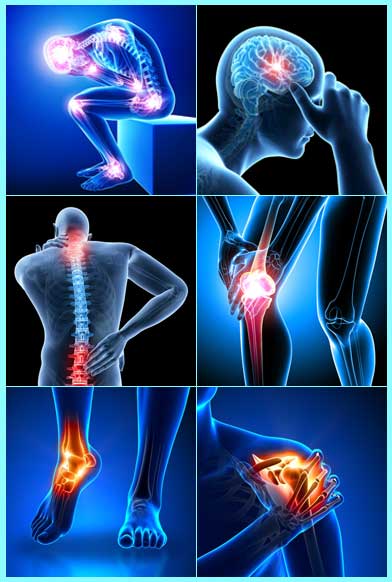
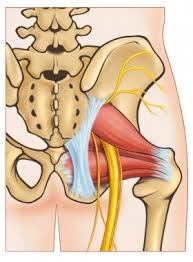
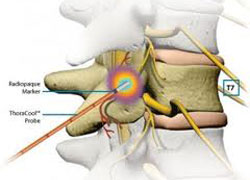
Pathologic proccess in or arround these structures can be: inflammation, pressure, strein, overstrech, spasm, neuropathy.
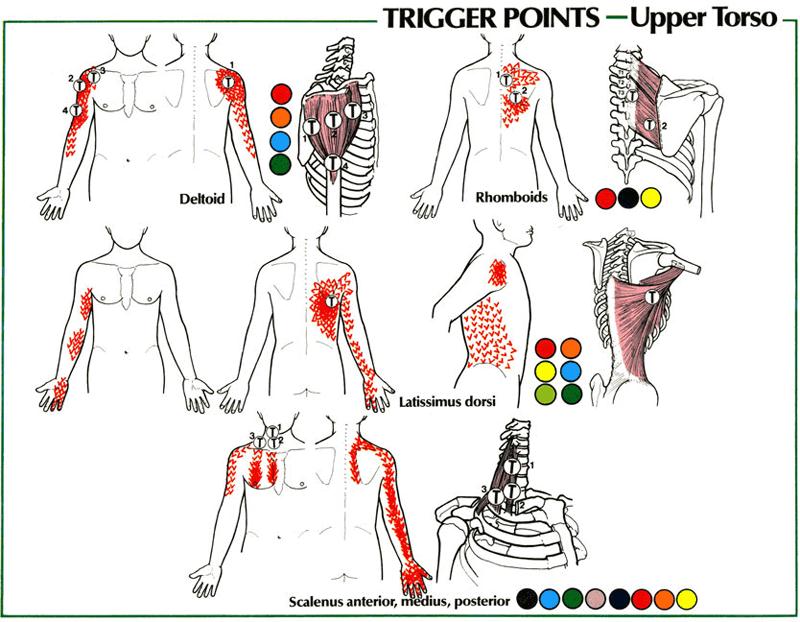
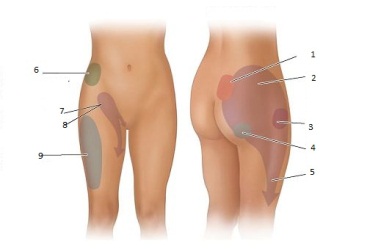
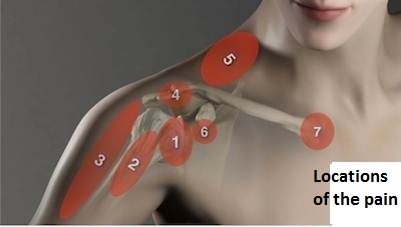
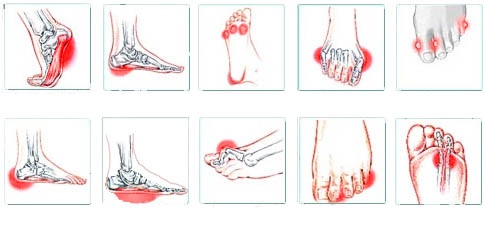
For example: Like on the picture below the same sciatica can be caused by disc prolaps or by inflammation and spasm of some muscles causing irritation of sciatic nerve. If this is not known the problem is when nothing is evident on spine CT or MRI. Even bigger problem could be if asymptomatic discus hernia is visible on images. Than unnecessary surgery could be performed.
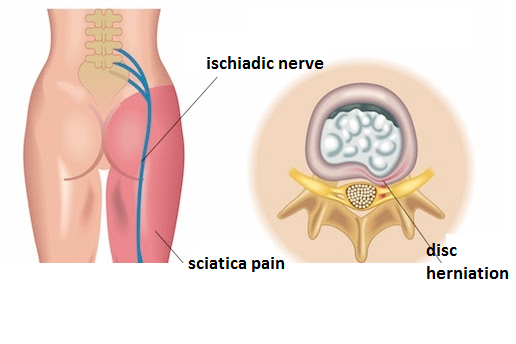
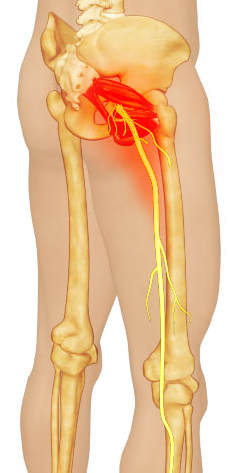
Without knowing real cause of the pain mostly diagnoses which are not accurate enough are set as final diagnoses. Exaples like: sciatica, cervical syndrome, lumbar degenerative pain, spondilopathy, gonarthrosis, rheumatic disease, headache, etc. In these situations usually contributing factors are proclaimed to be the main reasons of the pain like: old age, obesity, bad posture, degenerative changes, psychological overreaction, circle cell anemia, etc. Even if these factors cannot be changed easily it doesn’t mean that in that period patient has to suffer the pain.

PAIN DIAGNOSIS
To determine which anatomical structure is the cause of pain essential is long conversation with patient covering all important details. In practice this conversation is too often made without real “listening” to the patient and without entry into important details.

Examination of the patients must include specific examinations. There are great number of specific tests for different anatomical structures. Without knowing this examinations real cause of the pain and successful treatment cannot be performed.
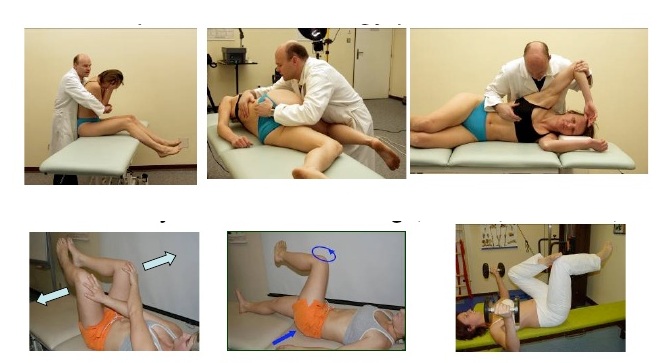
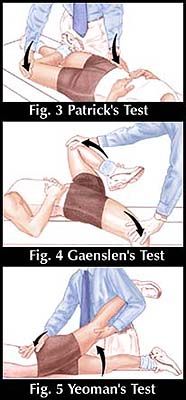
Diagnostic images usually mean: X-Ray, CT (Computer tomography), EMNG, MRI, etc. But one important diagnostic method is usually missing. It is Minimally invasive pain diagnostic interventions. This method is often the only one that can identify the cause of pain. By this we have avoided to perform many unnecessary operations which would be indicated concerning only examination and MRI and other images. (For example many unnecessary disk surgeries are still being performed because this diagnostic method was not done).
Using this approach there are many pain syndromes which we can treat successfully: All kind of headache, occipital headache, trigeminal neuralgia, neck pain (cervical syndrome), shoulder pain, arm pain, elbow pain, hand pain (carpal tunel syndrome, styloiditis, rhisarthrosis, etc), postherpetic and intercostal neuralgia, dorsal pain, back pain, sciatica, cervical and lumbar discus hernia (treatment without operation is often successful), hip pain, leg and gluteal pain, knee pain, ankle and foot pain (like Morton, tarsal syndrome, etc.).
PAIN TREATMENT
Pain treatment includes:
- Contemporary medications https://ns0pain.health/diseases/pain-treatment/- It is very important to know type of pathologic process and to cover it with proper combination of types and dosages of medications. (different types of nociceptive pain, neuropathic pain, psychological component of the pain, etc.). Usually physicians start with nonsteroid anti inflammatory drugs (NSAID like metamizole, ibuprofene, paracetamol, etc.). Sometimes opioid analgesics are prescribed too early or too long. But there are other types of medications and procedures which can make opioid usage unnecessary.
- Physiotherapy- is very important but if unsuccessful should not be repeated many times without trying other solutions
- Acupuncture– This method can be valuable especially in a combination with others. All alternative pain treatments are usually not sufficient when intensive pain lasts more than three months resistant to usual medications.
- Chiropraxis- the same as acupuncture
- Alternative therapy – the same as acupuncture
- Surgery– mostly done when mechanical component of pain cannot be treated by any other method. Even if we perform all kind of surgeries minimally invasive we are always trying and often succeed to treat the pain without them. But when indicated we can perform safely and minimally invasive all kind of surgeries for pain treatment such as: nerve decompression in the cases of neuralgias (occipital neuralgia, trigeminal neuralgia, carpal tunnel syndrome, cubital syndrome, tarsal syndrome, meralgia, Morthon neuroma, etc.); disc surgeries with or without spinal stabilization (lumbar, cervical, etc.) BUT WE STRONGLY RECOMMEND NOT TO DO SURGERY BEFORE TRYING TO SOLVE THE PAIN BY MINIMALLY INVASIVE PAIN TREATMENT INTERVENTIONS IN MOST CASES. FOLLOWING THIS STRATEGY WE SUCCEED TO AVOID ABOUT 70% OF OPERATIONS WHICH WERE INDICATED BY OTHER SURGEONS. If surgical decompression is indicated it must be minimally invasive but sufficient (Next mistake we see in everyday practice is that doctor decomress the nerve insufficiently in the endeavor to impress the patient with the small incision).
- Neuromodulation is expensive and reserved for small percentage of untreatable pain syndromes
MINIMALLY INVASIVE PAIN TREATMENT INTERVENTIONS
- Are not classical blockades. They can only remind to them but have much higher precision (e.g. epidural block, facet block, nerve block, trigeminal block, myofascial blockade, articulation injection, application of PRP and stem cells, etc.)
- They are performed with navigation of ultrasound or X-ray fluorography
- Navigation provides accurate application of medications, denervation, hidrodilatation or other interventions
- Most of them can be done ambulatory in local anesthesia, and can be done in 30 minutes
- Results are evident immediately
- Mostly 1 to 3 interventions are sufficient
- Good long lasting result can be achieved in 70-90% of all patients
- They should be performed before most pain surgery procedures to avoid them if possible (e.g. spine disc surgery)
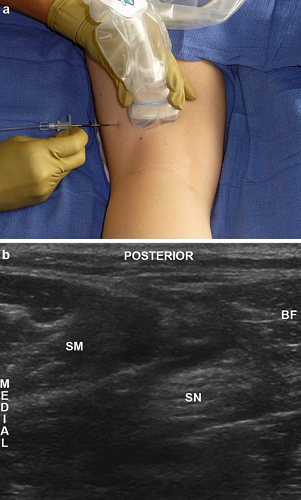
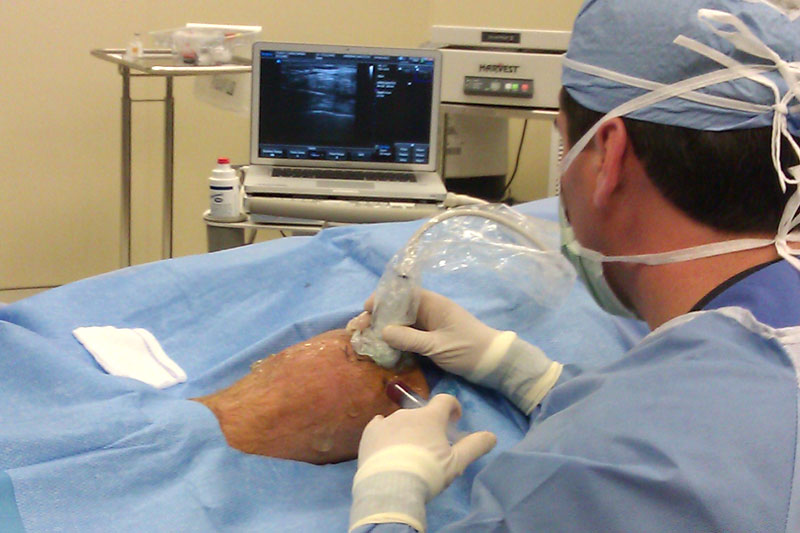
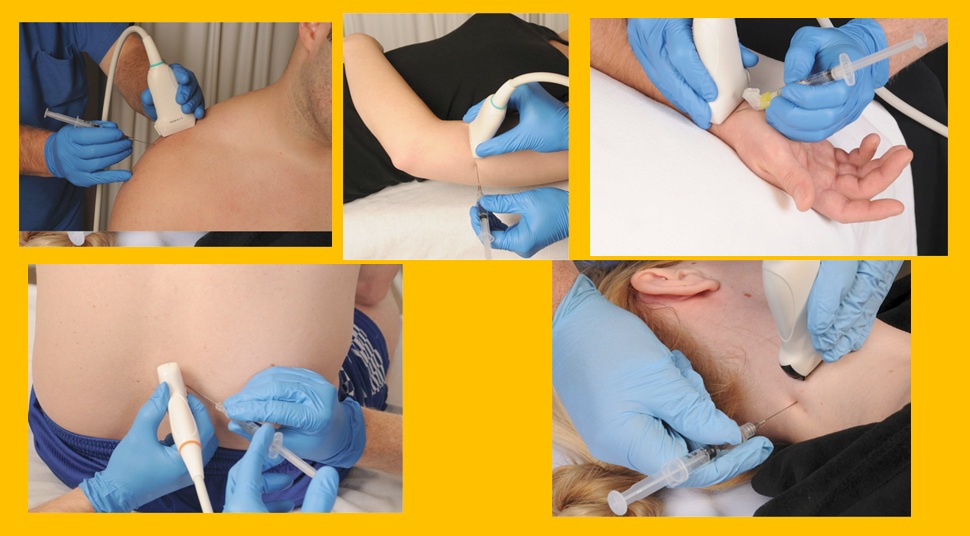
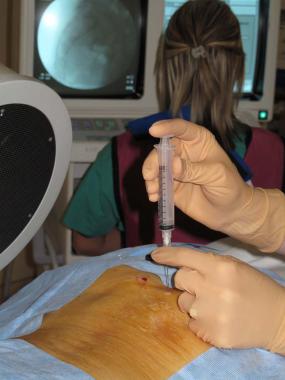
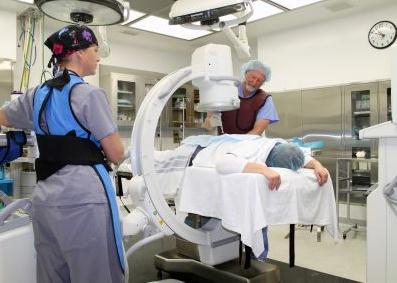
CONCLUSION
-Essential for successful treatment of persistent pain is to identify it’s real source (PAIN ANATOMY KNOWLEDGE)
-This can be done after detailed conversation with the patients, specific examinations and invasive diagnostic pain procedures
-When classical pain therapy doesn’t help invasive therapeutic pain procedures should be applied
-For the success 1-3(-5,…) procedures are usually needed
-Success rate is in 70-90% of patients suffering from chronic pain resistant to other therapies
We offer you online pain consultation based on the telemedicine
| zkoja@yahoo.com +381628534555 |
- TELEMEDICINE – PERSISTENT PAIN (E.G. VARIOUS NEURALGIES) CAN ONLY BE RESOLVED BY AN EXPERT WHO KNOWS THE ANATOMY OF PAIN WELL. PROBABLY YOU DON’T HAVE AN EXPERT LIKE THIS IN YOUR TOWN. TELEMEDICINE ENABLES DIAGNOSIS WITHOUT A CLASSIC EXAMINATION IN THE OFFICE. THAT’S WHY MOST PERSISTENT PAIN IS SOLVED TODAY WITH A VIDEO CONSULTATION WITH AN EXPERT LIKE THIS. ON THE OTHER HAND, MOST PATIENTS IN THE OFFICE ARE EXAMINED BY DOCTORS WHO DO NOT KNOW THE ANATOMY OF PAIN.Affordable and efficient online consultations are possible through this site. We have been using this method of diagnosing and treating pain successfully for 12 years.The consultation is carried out with prior notice to zkoja@yahoo.com. Then send a description of the problem in a few sentences. After announcing, you will receive an email explaining the consultation procedure and determining the time.The GOAL of consultation in the treatment of pain syndrome is to accurately determine the location of the source of pain and which pathological process is occurring in it. This is successfully achieved by reviewing your medical documentation and video interview. After that, it is possible to prescribe an adequate individual combination of drugs. The goal of this therapy is to resolve the pain within 10 days. After that, it is necessary to control the pain with drugs for a total of 6 weeks in order to achieve a lasting effect, when the drugs are discontinued. This can be achieved in 90% of patients who have chronic persistent pain in any part of the body, which has responded poorly to previous treatment. During all that time, the doctor treating you is available for all your questions.
All types of long and persistent pain can be treated in this way, such as headaches, neck pain, facial pain, back pain, herpes zoster neuralgia, intercostal neuralgia, etc.


